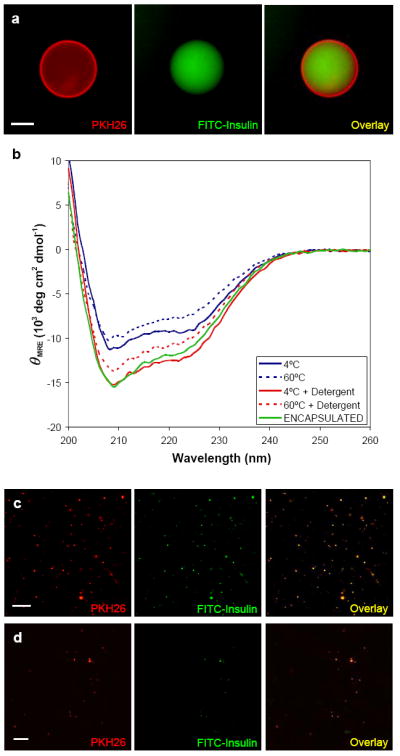Fig. 3. Therapeutic protein encapsulation in Polymersomes.

a) Fluorescent micrographs of fluorescent PKH26 labeling the membrane of a giant OB2 polymersome and fluorescein-labeled bovine insulin (diluted 100X). Overlay of these images display the encapsulation of fluorescein-insulin in OB2 polymersomes. Scale bar = 10μm. b) Circular dichroism (CD) results for recombinant human Zn-insulin after incubation for 8 hours at 4°C and 60°C indicates that the film rehydration technique does not result in the loss of insulin secondary structure. The addition of the nonionic detergent Tween80 further stabilizes the secondary structure at both 4°C and 60°C. Most importantly, CD of insulin encapsulated in OB2 polymersomes in the presence of Tween80 does not indicate any loss of protein secondary structure. c) Fluorescent micrographs of PKH26 labeling the membrane of nano-sized OB2 polymersomes and fluorescein-insulin (diluted 0X). The precise overlay of these two images shows that polymersomes can stably encapsulate insulin through sizing down and separation from unencapsulated insulin. Scale bar = 10μm. d) Fluorescent micrographs of PKH26 labeling the membrane of nano-sized OB2 polymersomes encapsulating fluorescein-insulin after 10X dilution in whole blood. Fluorescence overlay indicates stable encapsulation in a biologically relevant medium up to 8 hours. Scale bar = 10μm.
